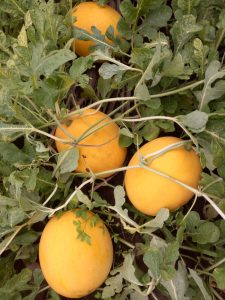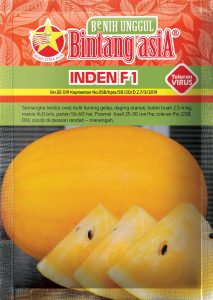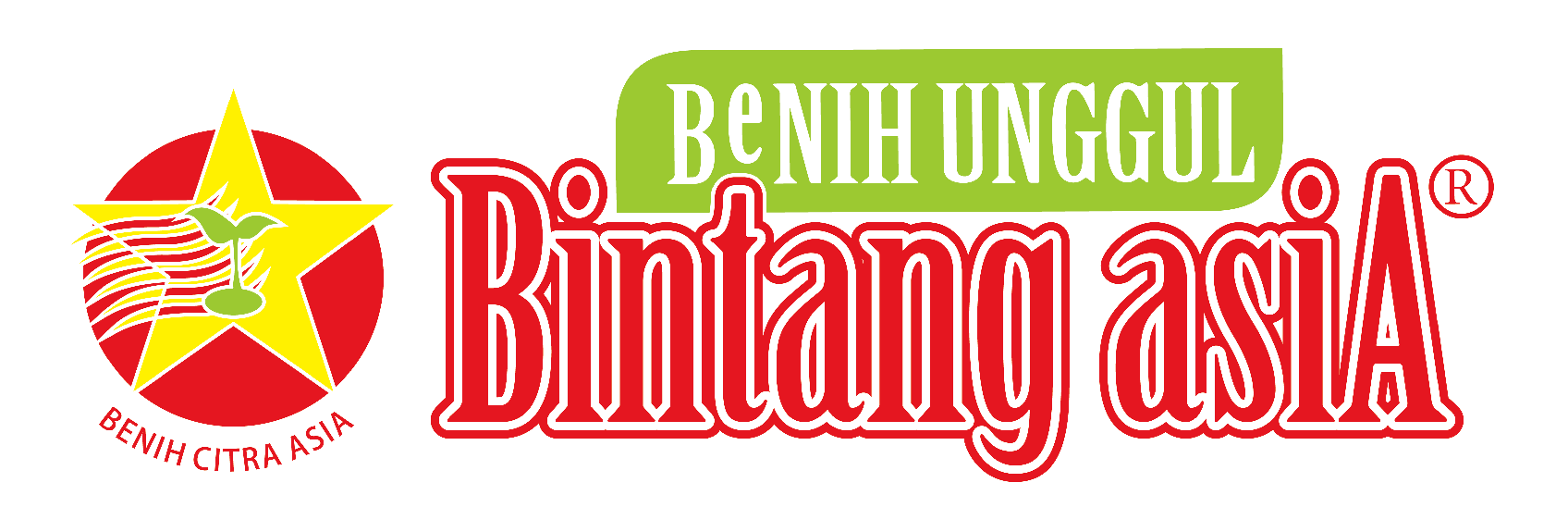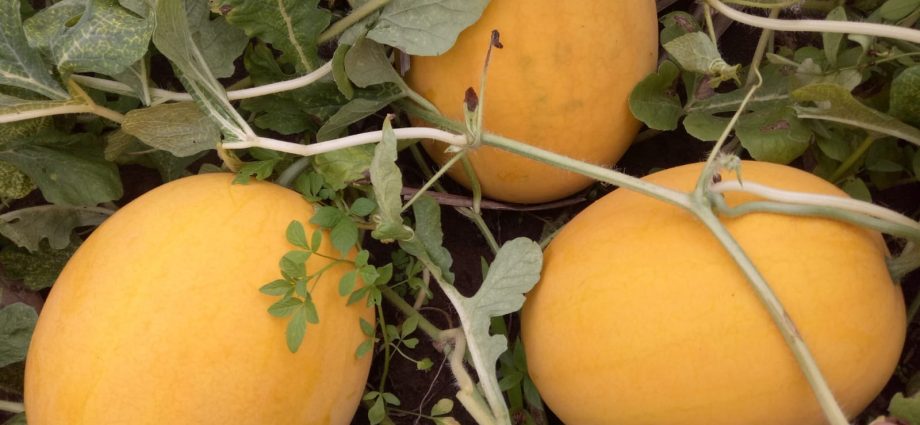Advantages of Watermelon Cultivation in Indonesia
Watermelon is a fruit that belongs to the Cucurbitaceae family, which also includes cucumbers, pumpkins, and squash. It has a hard, green rind with juicy, sweet, and red or pink flesh inside, containing seeds. Watermelon is believed to have originated in Africa, but it is now grown in many parts of the world, including Indonesia.

It is a popular fruit that is consumed as a snack, used in fruit salads, and also in making juices, smoothies, and desserts. Watermelon is also known for its high water content, making it a refreshing fruit to eat on hot days, and it also contains many beneficial nutrients such as vitamins A and C, as well as antioxidants.
Watermelon cultivation in Indonesia offers several advantages, including:
- Suitable climate: Indonesia has a tropical climate that is well-suited for watermelon cultivation. The temperature ranges from 22-32°C, which is ideal for growing watermelons.
- High demand: Watermelon is a popular fruit in Indonesia, and there is a high demand for it in both the domestic and international markets. This makes it a profitable crop for farmers.
- Large land availability: Indonesia has a large land area that is suitable for watermelon cultivation. This provides an opportunity for farmers to expand their production and increase their income.
- Low production costs: The cost of production for watermelon cultivation in Indonesia is relatively low due to the availability of labor and affordable inputs such as seeds, fertilizer, and pesticides.

- High yield: With proper farming techniques and management practices, watermelon can yield a high amount of fruits per plant. This means that farmers can produce a significant amount of watermelons from a small land area.
- Nutritional value: Watermelons are a rich source of nutrients such as vitamins, minerals, and antioxidants. They are also low in calories, making them a healthy snack option.

Overall, watermelon cultivation in Indonesia presents a lucrative opportunity for farmers due to its high demand, suitable climate, and low production costs.
Source : Benih Semangka Inden F1


